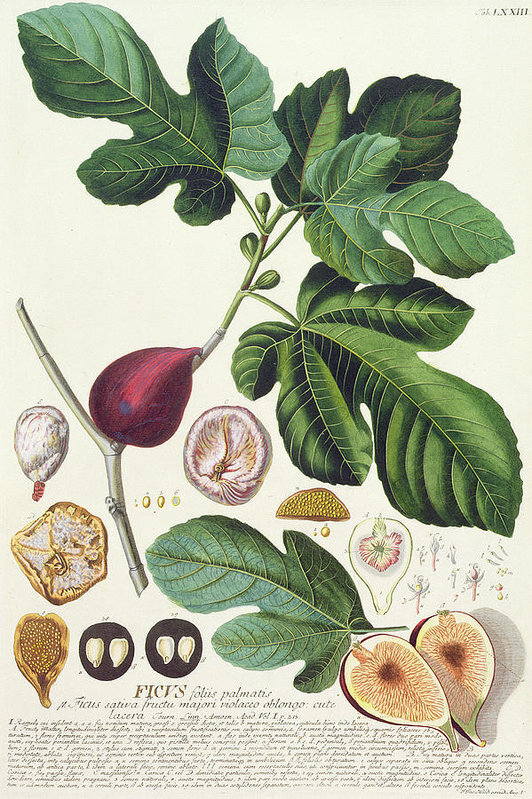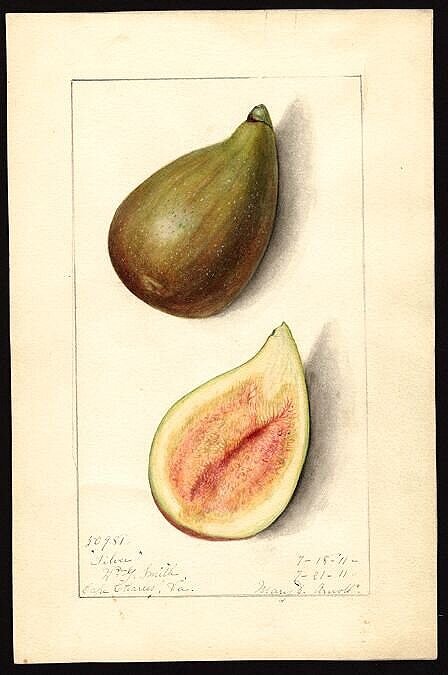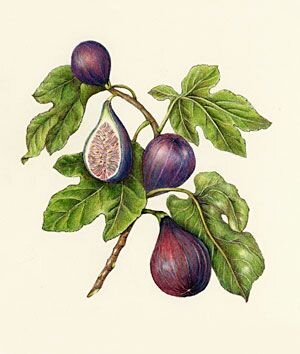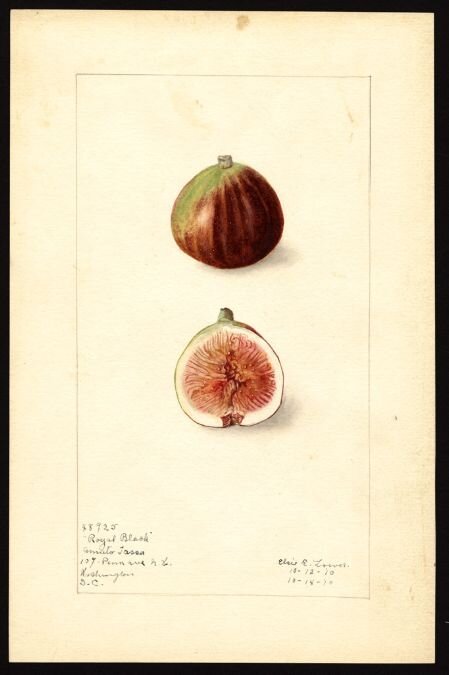On the Fence
I’ve got a couple of insurgent figs trees. I’m not opposed, exactly, to the presence of fig trees in my yard; I am mostly opposed to their location. Never mind the bittersweet smell of the prickly leaves that assaults me every time I mow. Never mind the fact that the tree and its root system take up considerable real estate. Certainly these characteristics of the common fig can be overlooked for the quaint, yesteryear quality of their presence in my country yard. What I cannot abide, and I daresay my neighbor would agree, is my common figs are planted along the fence line which separates us, encumbering not only me, but also the aforementioned neighbor, with the obligation to harvest the figs lest they drop to the ground, rotting and attracting all manner of vermin. If I am to keep them, I must move them, because figs on a fence line means they will insinuate themselves rudely into the life and personal space of my neighbor, and we’ll and up sharing custody when neither of us asked for that kind of responsibility.
Ficus carica, or Common Fig Photo: Pixabay
When you hear people talking about “out in the country,” they're talking about here, y’all. It literally does not get more country than this. Country people, I’m noticing, don’t subscribe much to the notion of landscaping. There’s more of a random planting scheme happening here that is admittedly quaint, though completely without design. The idea, maybe, is to appreciate each plant for its individual characteristics. All proper rural Southern yards – if rural Southern yards can be called proper - boast a rangey, roundish, mother-lode of a fig tree, producing fig after fig, year after year, whether anybody picks ‘em and eats ‘em or not. The Common Fig is a staple in these parts, generally planted alone, often in the middle of the yard - the merit of which does not escape me.
Fig trees, it turns out, are pretty self-sufficient in the Deep South. Even I can appreciate a low-maintenance tree. Still, ease of care is not enough to convince me to permit my rebel figs to encroach. For one thing, they get huge. Like 20 – 30 feet tall with a similar spread. The leaves (also huge) have a certain, distinctly bitter-earthy smell that I associate with hot weather and childhood and being sticky. Fig trees are not super attractive, and, though they do have the redeeming quality of fruit production, figs themselves don’t appeal to the masses in quite the same way as, say, apples or oranges. Seriously, do you know anyone under 65 who would pluck a fig right off the tree and pop it into their mouth? Yeah, me either.
Fig harvest Photo: Old Farmer’s Almanac www.almanac.com
My trees will, in due course, top the short-ish fence and encroach on the lovely manicured lawn of my retired neighbor, obligating us both to the care and harvest of the inevitable fig crop. I could probably live happily figless forevermore, so I face a uniquely Southern dilemma: what to do with the fig trees? No doubt you feel my pain. Because the very nature of gardening is to nurture, and harvest if necessary, every last specimen on our property. I’ve done it before, with great joy and success, when a single prolific pear tree on our little Illinois farm produced a bumper crop of sweet, delicious Asian pears. But the tree didn’t encroach on neighboring property. And it wasn’t a fig.
I guess I could dig them up and - cover your ears – toss them. Or give them away or whatever. Reduce, reuse, recycle, yes? The question remains, will my rural Southern yard be complete without at least one hulking, stinking, neglected fig? The figs - and I - are on the fence.
A quick internet search yielded a plethora of fig attributes, which admittedly gave me pause. Valley Fig Growers, for example, tempted with these winners:
Figs naturally help hold in moisture in baked goods, keeping them fresher. (Hmm, okay)
The fig tree is a symbol of abundance, fertility and sweetness. (I’ll buy that)
In Roman times figs were considered to be restorative. They were believed to increase the strength of young people, to maintain the elderly in better health and to make them look younger with fewer wrinkles. –Pliny (52-113 AD). (Golly!!!!)
They almost had me at “look younger with fewer wrinkles.” Almost.
One of my insurgent fig trees, on the fence line.
Tragically - or maybe not - the figs have to go. All indications are my figs are going to be overachievers, the healthy little boogers. I‘m not too heartbroken, truthfully. I can count on one hand the figs I’ve eaten in my life, if you subtract sleeve after sleeve of Fig Newtons®, which, I happily learned from Valley Fig Growers, will probably contribute to my eternal youth.
To be clear, I’m not discouraging fig propagation. I really didn’t start out writing this to spoil the reputation of the noble common fig, and I hope I haven’t. But what I have done is talk myself right out of replanting them, so it’s time to find a suitable donee. Truly, can we all just agree? Figs are a responsibility best not delegated to one’s neighbor.




It turns out fig botanical art is pretty gorgeous. Maybe this is the way I enjoy figs…?
Curious? Here are more fig facts from Valley Fig Growers. The LSU Ag Center has some ideas for using the Common Fig, Ficus carica, in the landscape. If, by chance, you disagree with me on a cellular level, please check out this comprehensive and relevant information on fig tree growth and care from my friends at Happy DIY Home https://happydiyhome.com/fig-tree-care/.










